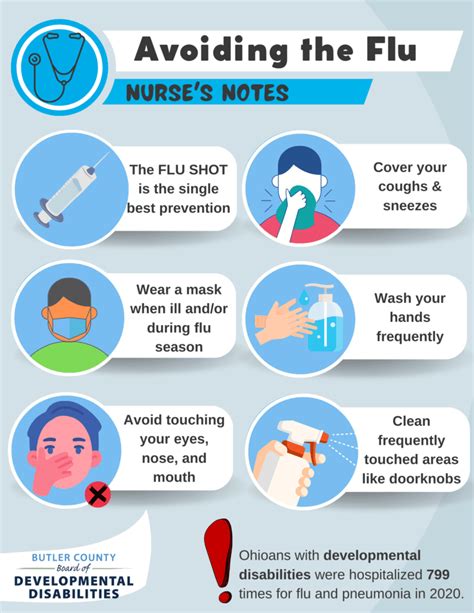The woes of encountering poison ivy - a common nemesis for many outdoor enthusiasts. The itchy, blistering rash that follows a brush with this poisonous plant can be a real nuisance, disrupting daily life and causing significant discomfort. However, fear not, dear sufferers, for there are effective ways to soothe the itch and alleviate the misery. In this comprehensive guide, we’ll delve into the world of poison ivy care, exploring the best approaches to calm the skin, reduce inflammation, and prevent future encounters.
Understanding Poison Ivy: The Culprit Behind the Rash
Before we dive into the remedies, it’s essential to understand the underlying cause of the problem. Poison ivy (Toxicodendron radicans) contains an oily resin called urushiol, which is responsible for the allergic reaction. When urushiol comes into contact with the skin, it triggers an immune response, leading to the characteristic rash, itching, and blistering. It’s worth noting that poison ivy is not the only culprit; poison oak (Toxicodendron diversilobum) and poison sumac (Toxicodendron vernix) can also cause similar reactions.
Symptoms of Poison Ivy Exposure
The symptoms of poison ivy exposure can vary in severity, but common signs include:
- Redness and inflammation around the affected area
- Itching, which can range from mild to severe
- Blistering, which may ooze fluid
- Swelling, which can be accompanied by warmth and tenderness
Immediate Relief: Soothing the Itch
When it comes to soothing the itch, there are several approaches you can take. Here are some effective methods to calm the skin and reduce discomfort:
- Cool Compress: Apply a cool, damp cloth to the affected area to reduce itching and inflammation. You can also use a cold compress or an ice pack wrapped in a cloth to avoid direct contact with the skin.
- Calamine Lotion: This pink, lotion-like substance is a classic remedy for poison ivy. It helps to dry out the rash, reduce itching, and soothe the skin.
- Hydrocortisone Cream: Over-the-counter hydrocortisone cream can help to reduce inflammation and itching. Apply a thin layer to the affected area, but be cautious not to overuse, as this can lead to skin thinning.
- Oatmeal Baths: Oatmeal has anti-inflammatory and soothing properties, making it an excellent remedy for poison ivy. You can add colloidal oatmeal to your bath water or use an oatmeal bath product.
Natural Remedies: Exploring Alternative Options
While the above methods can provide quick relief, some people prefer to explore natural remedies. Here are a few options you can consider:
- Aloe Vera: The gel extracted from the aloe vera plant has anti-inflammatory and soothing properties, making it an excellent natural remedy for poison ivy.
- Tea Tree Oil: This essential oil has antifungal and antibacterial properties, which can help to reduce inflammation and prevent infection. However, be sure to dilute it with a carrier oil, as undiluted tea tree oil can be too harsh on the skin.
- Baking Soda: Baking soda can help to neutralize the acid in the urushiol oil, reducing itching and inflammation. Mix 1 teaspoon of baking soda with water to create a paste, and apply it to the affected area.
Prevention is the Best Medicine: Avoiding Future Encounters
While it’s essential to know how to treat poison ivy, prevention is always the best approach. Here are some tips to help you avoid future encounters:
- Learn to Identify Poison Ivy: Familiarize yourself with the appearance of poison ivy, poison oak, and poison sumac. Avoid areas where these plants are known to grow.
- Wear Protective Clothing: When venturing into areas where poison ivy may be present, wear long sleeves, long pants, and closed-toe shoes.
- Use Barriers: Apply a barrier cream or spray to your skin before heading outdoors. These products can help to prevent urushiol from penetrating the skin.
- Wash Clothing and Gear: After spending time outdoors, wash your clothing and gear in hot water to remove any urushiol that may have come into contact with them.
When to Seek Medical Attention
While most cases of poison ivy can be treated at home, there are instances where medical attention is necessary. Seek medical help if:
- The rash is severe or widespread
- You experience difficulty breathing or swallowing
- The rash becomes infected, characterized by increased redness, swelling, or pus
- You have a fever over 100°F (37.8°C)
It's essential to note that some people may be more sensitive to poison ivy than others. If you experience severe reactions or have a history of allergies, it's crucial to take preventative measures and seek medical attention if you suspect exposure.
Conclusion
Poison ivy care is all about being prepared and taking proactive steps to prevent exposure. By understanding the causes of the rash, recognizing symptoms, and using effective remedies, you can soothe the itch and alleviate discomfort. Remember to always prioritize prevention, and don’t hesitate to seek medical attention if you experience severe reactions. With the right approach, you can enjoy the great outdoors without the misery of poison ivy.
What is the best way to remove urushiol from clothing and gear?
+Wash clothing and gear in hot water with a mild detergent. You can also use a product specifically designed to remove urushiol, such as Tecnu Extreme.
How long does it take for poison ivy to clear up?
+The duration of poison ivy symptoms can vary, but most cases clear up within 1-3 weeks. However, some people may experience prolonged symptoms or require medical attention.
Can I use calamine lotion on broken skin?
+No, it’s not recommended to use calamine lotion on broken skin. Instead, apply a topical antibiotic ointment and cover the area with a bandage to promote healing and prevent infection.


